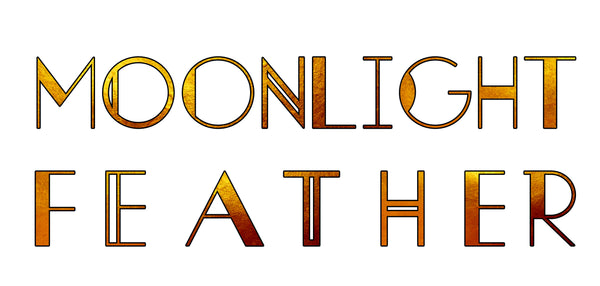How to identify an ostrich plume
Share
How to Identify an Ostrich Plume from an Ostrich Drab

Photo Credit : Style Me Pretty
Most people know what an ostrich is and how it looks like; they may have already seen the two-legged wonder in their local zoo and in the media. To see one in person is an unforgettable experience that only befits what is considered to be the world’s biggest bird. The ostrich, which bears the taxonomical name Struthio camelus, is a large, flightless bird that is renowned for its ability to run very fast, for the large eggs that females of the species lay, and the particularly tenacious way that both parents exhibit in defending their single offspring from predators. The bird has also caught much attention lately for its great potential as a meat source and for the beautiful and soft plumage that it exhibits. The bird’s feathers are prized for their airy lightness and for their beauty.
This article sets out to differentiate between two types of ostrich feathers; namely, the ostrich plume and the ostrich drab, and offers advice on what type is best for use in some arts and crafts project.
An ostrich plumes are the biggest and most suffused ostrich feather; it is also often identified as the ostrich feather itself. It is elegant in appearance and it is located on the bird’s wing. The plume bears a stem that is made up of singularly thick fibrous material, is similar in breadth to a pencil, and has a length that varies from 20 to 30 inches, making the plume longer than the drab. The plume has a tip that hangs down and droops especially when it is put on a tall vase. The plume is usually employed in fans, in ostrich feather-embellished hats and gowns, and in ornamental centerpieces. A kind of plume is called a “Femina.”
An ostrich drab, on the other hand, can be mistaken for an ostrich plume because the former is usually substituted for the latter as a cheap alternative for decorating and creating feathery art and fashion pieces. However, the drab is usually shorter in length—at just around 10 to 22 inches—and it is drawn from the bird’s shoulder. Also, unlike the ostrich plume, the ostrich drab is sleeker and compact-looking, and it contains shorter and thinner fibers than those found in the plume. An ostrich drab that is around and below 17 inches in length often has a tip that does not hang down the way that the plume does. It is usually the material of choice for use in feathered costumes, arts and crafts projects, and in arrangements of flowers where it is used as supplemental material. It is also cheaper than the plume; thus, it is the feather of choice for those who are under a tight budget.
Although the ostrich plume and drab are different from each other, they both share some common traits. They can be both sold in different colors according to the needs of crafts enthusiasts and fashion designers. They can be used interchangeably, meaning that one can pass off for the other; only a discerning eye can catch on the difference. They are also both used for ornamental centerpieces; the plume is usually used for highly decorative and exotic centerpieces while the drab is used for those that are made on a limited budget.
If you want to create masterpieces that call for full and suffused ostrich feather material, then the ostrich plume is for you. If you want simple art and fashion pieces that require a cheap alternative to its often costly counterpart, then select the ostrich drab.
